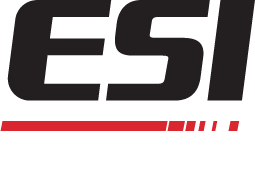EB Uv Curing Explained Part II
EB and UV Curing Explained, Part II
Every company is looking for the best process and the best price. When it comes to curing, there used to be a debate on whether ultraviolet (UV) or electron beam (EB) was the best method. There are many differences between the two processes which will be explained in this post.
In Part I, the UV benefits and setbacks were explained. In Part II, the focus will be on showing the EB process and advantages.
For starters, EB produces a very high quality final print product that is the same as UV. The process is, however, 100 percent free of volatile organic compounds (VOCs). With electron beam, there is also a high resistance when it comes to rubbing, scratching, and outside elements.
Photoinitiators are eliminated with electron beam curing. That allows you to have a more efficient operation while cutting both time and cost.
When it comes to the inks used, new revolutions in eBeam curing inks, like GelFlex-EB, have really separated themselves from the rest. EB inks are completely food compliant, operate on a green platform and offer the lowest total print cost.
When the EB job is done, you save time and money with an easy cleanup process. There are autocleaning options and you can wash up with water, which is both a health and a financial benefit.

